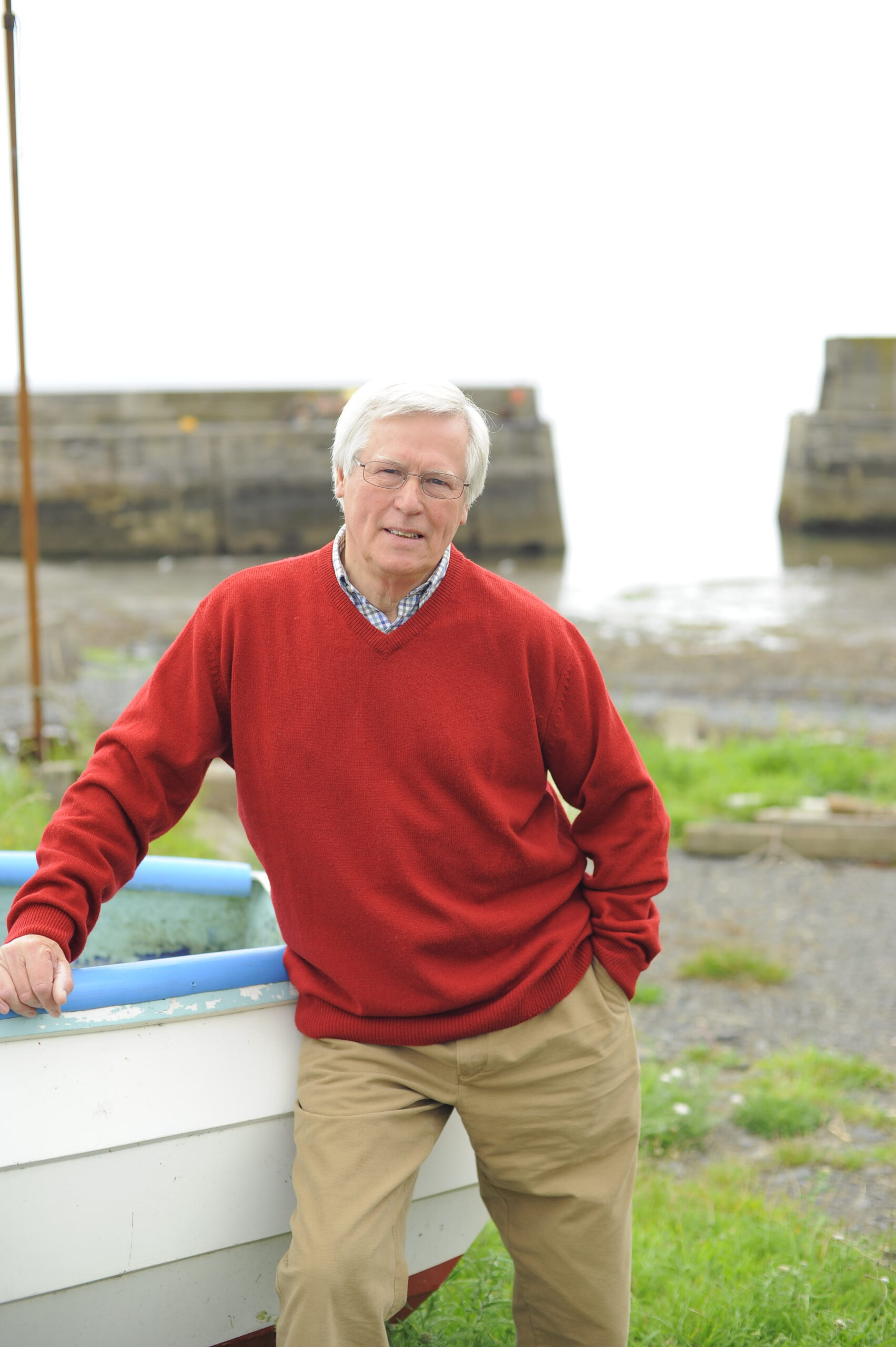Not for nothing has Galloway been called Scotland’s southern secret. This sparsely populated landscape of rugged granite hills, pine forests, lush pastures, dark skies and fine coastline is an outdoor-lover’s dream: a place where golden eagles soar and red squirrels scamper. But it may not stay a secret for much longer.
If highly contentious plans get the go-ahead, the region will be turned into Scotland’s third national park, after Loch Lomond and the Trossachs and the Cairngorms in the Highlands. By the end of April, and after considering many conflicting and passionate opinions during three months of consultations with local people, the Scottish government’s nature adviser NatureScot will reveal its findings and recommendations to ministers who will have the final say.
- Galloway National Park: Campaign against new plans sparks debate
- National Parks of the UK: history, wildlife and best walking routes
- Best walks in Loch Lomond and the Trossachs National Park
Galloway is already the government’s preferred choice, much to the dismay of protesters, but the park’s exact boundary has yet to be determined. There are three options, varying in size, across the county of Dumfries and Galloway and parts of neighbouring south and east Ayrshire.
Feelings are running high among the 150,000 people who live in this corner of Scotland. Some believe a national park would boost the economy, bringing investment and more visitors. Others say it would raise house prices, lead to extra bureaucracy and attract too many people on roads that would not be able to cope.
Galloway is farming country, renowned for its dairy herds and belted Galloway beef cattle, and the Scottish NFU is against the park after 73% of its members voted ‘no’ in a survey. They fear increased tourism would lead to anti-social behaviour such as livestock worrying and littering, and that giving it priority over farming and crofting would harm the local economy and the environment. Fourth-generation farmer Ian Cruickshanks believes life would be bleak working in a national park tied up in bureaucracy. “I am genuinely worried,” Ian told the BBC. “The overall anger in the area will lead to unrest if the government doesn’t listen.”
Local landowners are even more determined to stop the park, with 91% of those within the proposed boundaries opposed. The body that represents them, Scottish Land and Estates (SLE), says Galloway already benefits from being a UNESCO Biosphere site and having agencies such as South of Scotland Enterprise. “Why a national park is needed on top, and where it will deliver where others cannot, is as yet unclear” says SLE.
Bucking the trend is Mark Gibson OBE, who has spent the last 25 years restoring the 1,214-hectare Craigengillan Estate on the banks of Loch Doon. He is a patron of Galloway National Park Association, which has been campaigning for a park since 2017. “Being a landowner involves responsibilities,” says Mark. “You cannot give yourself precedence over the interests of nature and local people, all the more so in an area where we have such a rapidly ageing population and so many young people are leaving because prospects are poor. National parks are very good at bringing people together to collaborate in the interests of nature, the environment and the community – and that’s very much what we need.”
Disagreeing is Denise Brownlee, co-founder of the No to Galloway National Park campaign, who worked as a ranger at Loch Lomond and The Trossachs National Park before moving to Galloway. “I’ve seen the damage to the area and nature done by litter and waste and I don’t want the same thing to happen here,” she says.
Her group argues that better roads, schools, health facilities and affordable housing can be achieved without the red tape of a national park. In a divisive debate, the other side points out that Scotland’s two existing national parks bring in around £700m a year to the economy, exceed the government’s target for affordable homes and provide extra funding for farmers.
The team from NatureScot is now analysing the results from more than 1,000 online surveys, 30-plus public consultations and 26 meetings before revealing all. The only interested parties not giving their opinions are the golden eagles and red squirrels.
More wildlife stories from around the UK
- Adder alert: "alarming" decline of Scotland's only native snake, warn experts
- Roman gladiator skeleton dug up in York reveals first evidence of human vs big cat combat
- Extremely rare spider spotted in London for the first time ever
- Pen y Fan opens some of the highest-altitude EV charge points in the UK
Main image: Galloway Forest Park





